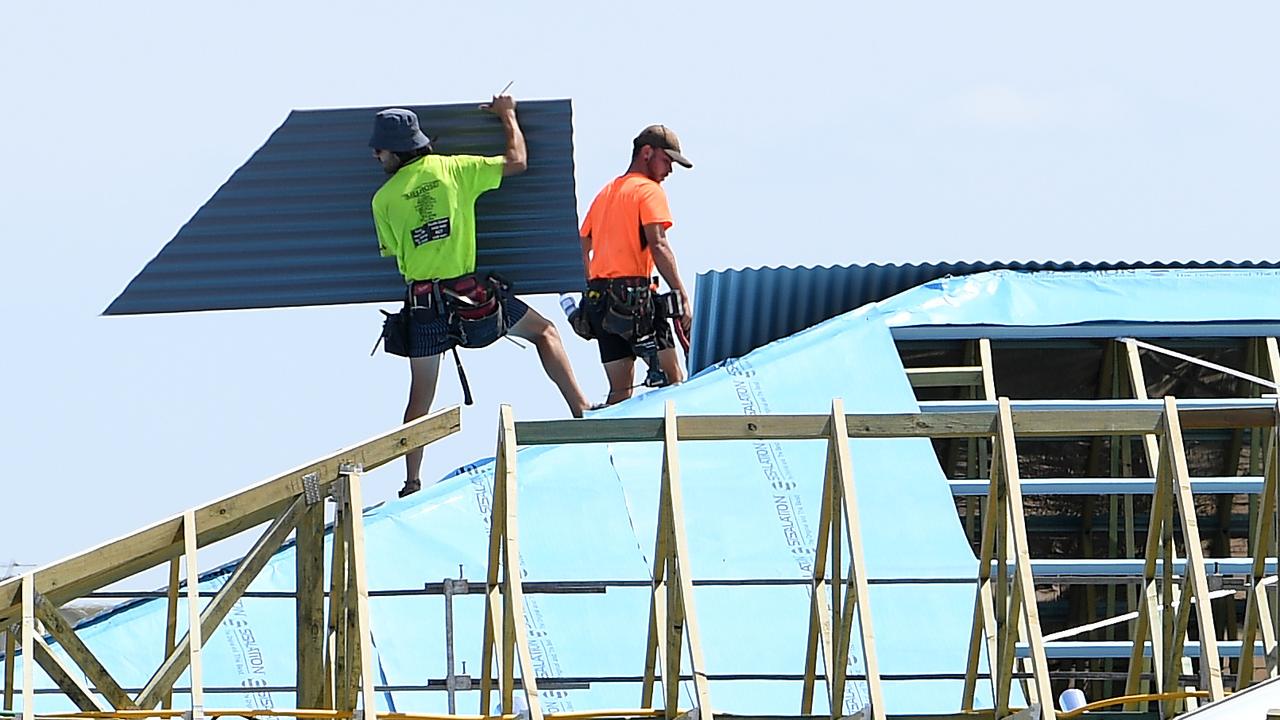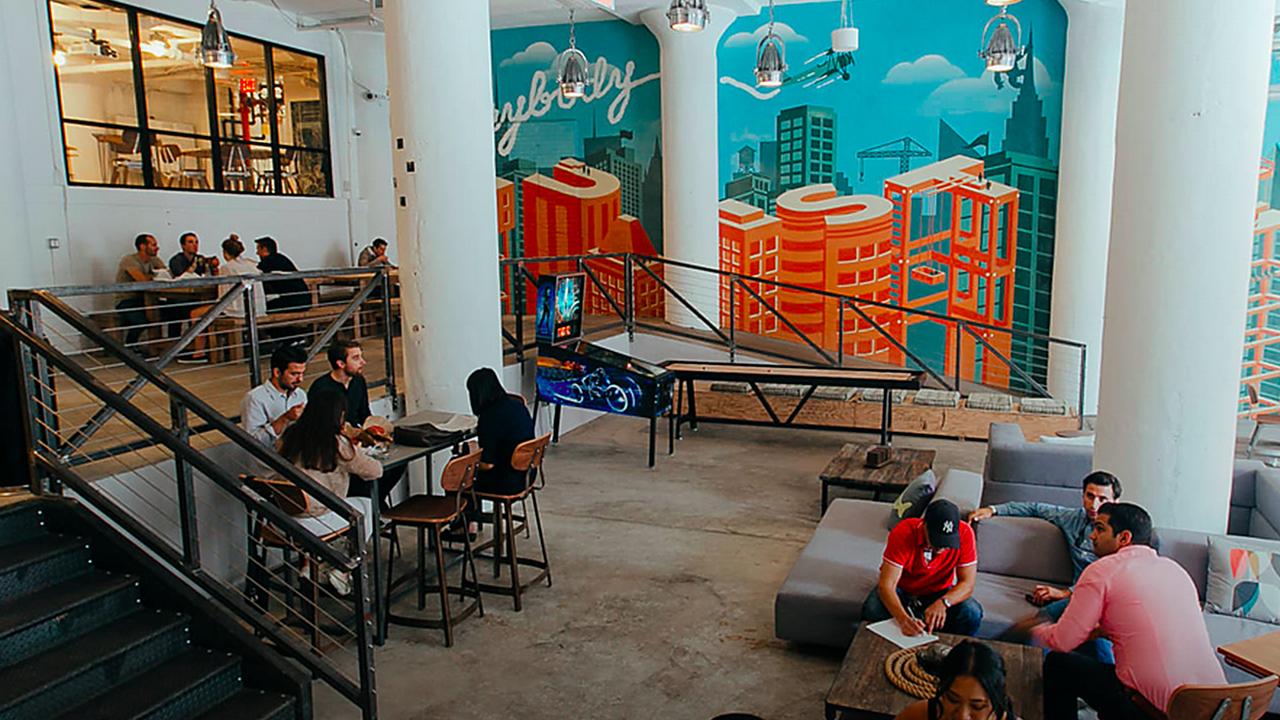Tell me how clever you are and I’ll tell you where you live
Where do Australia’s smartest, or at least our best educated, workers live? And where is our No1 tradie town? The results may surprise.

In 1988 then prime minister Bob Hawke declared Australia was to become the clever country. This was an astute prediction by the prime minister because we had already been set on the path of the pursuit of further education by several previous governments, including those led by Gough Whitlam and even Robert Menzies.
Over the 35 years between 1982 and 2017, the proportion of the Australian workforce that held a post-school qualification (for example, university or vocational) increased from 32 per cent to 60 per cent.
We have indeed become “the clever country” but then other countries took a similar path. Our cleverness merely enables us to keep pace with other developed nations.
Anyone unconvinced of the wisdom of completing further education needs to study the results of the 2016 census.
There is a direct and powerful correlation between education and income earned. And of course income earned in Australia translates directly into the capacity to buy real estate and indirectly into demand for local retail, office and industrial space.
For the 336,000 Australian workers who only ever attained a Year 9 education (that is, leaving at age 15), the highest median income earned is $43,000 at the age of 31. Longevity in a job with this level of education doesn’t translate into income growth later in life. These are manual or repetitive jobs that command the lowest levels of remuneration regardless of the length of employment.
At the opposite end of the education spectrum are 727,000 workers who have some form of postgraduate qualification such as an MBA, for example. This cohort of highly skilled workers record their peak median income of $111,000 at the age of 52. Interestingly, workers with a basic bachelor of arts or a diploma degree earn more than postgraduate qualified workers up to the age of 33. It takes some time for post-grad qualified workers to monetise their investment in further education.
But the investment does appear to be well worthwhile. By the age of 40, the median income for post-grad workers is 15 per cent above that of standard BA-qualified workers; by age 50 this differential is 25 per cent and this is then maintained throughout the balance of the working life. In simple terms, doing a post-grad degree in your 20s buys you a 20 per cent premium on your income from the late 30s onward.
The largest concentration of smart or postgraduate workers is found in our biggest cities of Sydney (226,000), Melbourne (185,000), Brisbane (70,000), Perth (55,000) and Adelaide (36,000). When expressed as a percentage of the national workforce, the post-grad component is 7.2 per cent.
But in smartypants Canberra this proportion is 13.4 per cent, while in Sydney it is 11.4 per cent. The smartest boutique city in Australia isn’t Canberra but rather the university town of Armidale in NSW, where 11.9 per cent of the workforce has a postgraduate qualification.
At the other end of the spectrum are cities and towns with the poorest representation of postgraduate workers. In Kempsey, Murray Bridge, Esperance, Moe-Newborough and Portland, the proportion of the workforce with post-grad qualifications never exceeds 1.5 per cent. These towns also have a high proportion of the workforce who only completed Year 9.
Australia’s smartest, or at least our best educated, workers favour capital cities, university towns, public administration towns and lifestyle communities. Alice Springs and Darwin, for example, both have twice the proportion of workers (6.3 per cent and 6.8 per cent with post-grad qualifications than do places like Karratha (3.0 per cent) and Goulburn (3.1 per cent) where the work is more manual.
There is of course another kind of skilled town in Australia: the tradie town. These are places where trade skills prevail. Whereas 32 per cent of the Australian workforce have a trade certificate or diploma, the proportion in tradie Karratha is 44 per cent, largely because of the proximity of the township to the mines.
Other towns attract tradies because they offer scope for the development of houses such as, for example, Nelson Bay north of Newcastle and Morisset-Cooranbong south of Newcastle, where in both places 44 per cent of the workforce comprises trades-qualified workers.

These aren’t retired tradies but active workers in the workforce and they flourish in communities that offer building jobs and that offer limited scope for university-educated workers. I’m sure the culture of these towns would reflect the workforce’s tradie roots.
In the up-market lifestyle community of Bowral-Mittagong in the NSW southern tablelands, the workforce is skewed by the strong representation of postgraduate workers (5.9 per cent) and also by trades-qualified workers (38.7 per cent). But curiously there is also strong representation in Bowral of workers educated to Year 9 (30.8 per cent). The group that’s missing from the Bowral workforce is the middle-class cohort of workers: just 20 per cent as compared with 24 per cent nationally. Bowral comprises highly educated workers and of modestly educated workers.
This analysis of skills and education levels across the Australian workforce shows the range of job opportunities available. Tradies can choose from lifestyle, mining and growing communities. Post-grad qualified workers cluster in the capital cities and in selected regional “administrative” centres. Year 9-educated workers on the other hand favour remote and often agricultural-service towns. Australia’s burgeoning university-educated workforce, with a basic BA, prefer the capital cities.
And just finally, if you’re considering doing that MBA and are wondering if the time, effort and cost is worthwhile, consider the evidence from the 2016 census. From the age of 40 onward, this higher qualification is generally translated into a remuneration premium for the average Australian. If you think you’re above average, then the premium you can expect to command would be even higher. The choice is yours.
Bernard Salt is Managing Director of The Demographics Group; bernard@tdgp.com.au. Research by Simon K simon@tdgp.com.au



